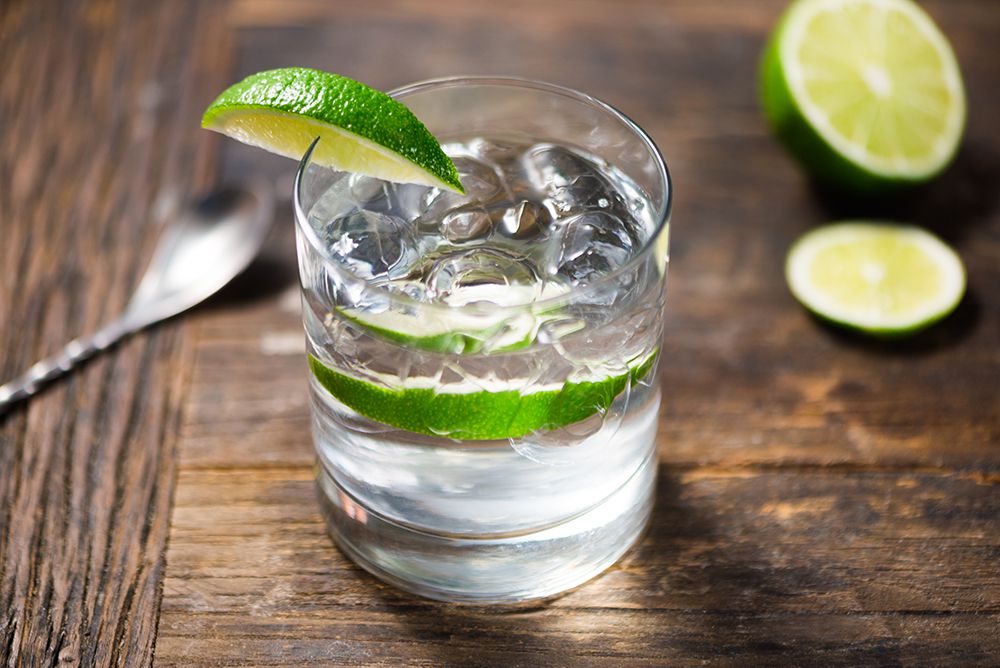There are a variety of varieties to suit every taste, and new entrants are always arriving on the market, but what precisely is gin and how is it made? To be classified as gin, liquor must be primarily flavored with juniper. You’ve essentially got a flavored vodka if there’s no juniper.
Herbs and spices, flowers, fruit, nuts, roots, and seeds are just a few of the flavorings that can be added to gin. Lemon and orange peel, coriander seeds, angelica, cinnamon, and cardamom are among the most widely utilized botanicals after juniper. The range of flavors employed is incredible, and each maker will have their own distinct taste.
Various designs
Gin is divided into numerous types, each having its own production methods and distinguishing features. Here are a few of the most popular styles nowadays.
- Dry Gin from London
London Dry Gin does not have to be brewed in London, despite its name. It does, however, have its own set of laws to obey! It must, for example, be at least 37.5 percent ABV and primarily juniper-flavored. Also, the amount of sweetener that can be used is limited, and no flavors can be added after distillation. This is the gin to use in a traditional gin and tonic.
- Plymouth
Plymouth Gin, unlike London Dry, must be brewed in Plymouth, where only one distillery remains today. It has a sweeter flavor than London Dry and a distinct earthy flavor from the use of root botanicals like licorice and orris. This was the original gin for a martini, and Winston Churchill was a fan of it!

- Old Tom
Old Tom Gin harkens back to a time when gin was sweetened to make it more drinkable. These days, it’s mostly done on purpose, resulting in a sweeter style. When preparing a Tom Collins cocktail, this is the traditional gin to use.
- Gin with different flavors
There are an increasing number of flavored gins available as more makers experiment with flavorings and botanicals. These spirits are characterized by a single flavor profile, such as rhubarb, sloe, or elderflower. Check out shiraz gin.
Pink gin fits under this category; it was previously flavored with angostura bitters, but now it’s more likely to get its color from rhubarb or raspberry. These gins allow you permission to explore with cocktails, tonics, and mixers of various flavors. Many of them pair well with a cool glass of prosecco.
- Strength of the Navy
At 57 percent abv, Navy Gin outperforms London Dry and Plymouth Gin. It gets its name from the fact that Navy sailors used to be paid in bourbon. They’d douse their gunpowder in spirit to make sure they hadn’t been duped with lesser booze. They’d have confirmation it was the right material if the gunpowder was still burning!

